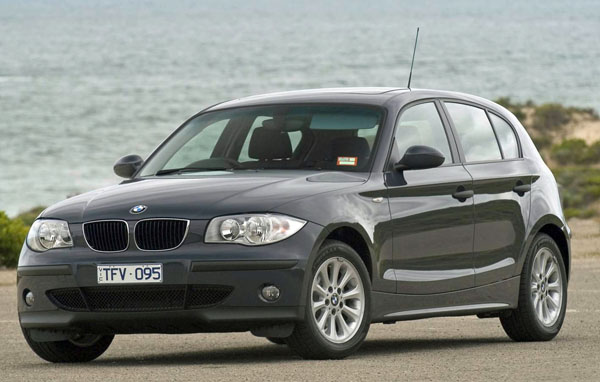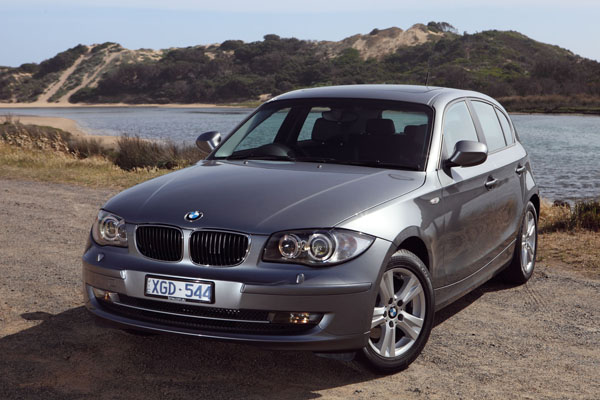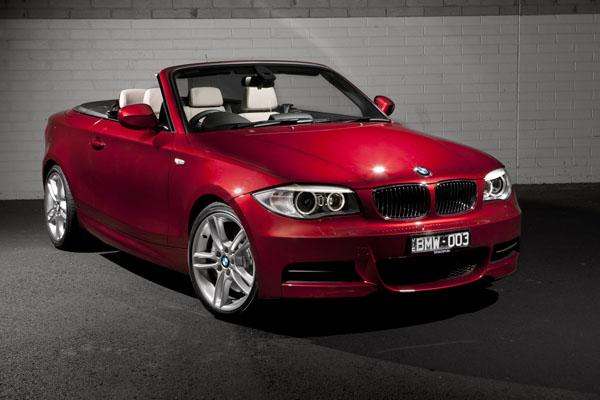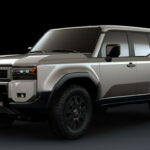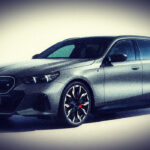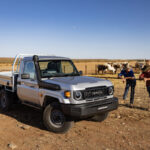It goes without saying that all BMWs are aimed at those keen people who like to drive, so the little 1 Series uses sporty engines combined with rear-wheel drive to help make even the most boring of commuting a good experience.
A drawback of rear-drive is that it steals space from inside the car and the load area. This is exacerbated in the 1 Series by a stretched engine bay to fit straight-six engines. There’s good legroom in the front seats, though foot-width is restricted by the gearbox housing. There’s not a lot of space in the back unless the front occupants are willing to compromise on legroom.
BMW has finally admitted that front-drive is the way to go in small cars and is in the throes of designing one.
But onto the existing 1 Series models and their suitability as used cars.
When launched here in October 2004, BMW 1 Series came only as a five-door hatch. BMW 1 Series’ styling in hatchback format gives it a tail end treatment that’s almost wagon like. While the boot is relatively shallow due to the differential being under it, there’s reasonable overall volume.
A smart two-door coupe and a pretty little soft-top convertible were added to the range four years later, in May 2008. The coupe and convertible aren’t as useful in their luggage spaces as the five-door hatch, but that’s hardly unusual in the sporty market.
BMW 1 Series comes with a staggering choice of powerplants. In petrol format these range from 1.6-litre and four cylinders all the way to 3.0 litres with six cylinders. Some of the sixes have twin turbochargers, others don’t have a blower at all.
Most of these small BMWs are powered by a four-cylinder 2.0-litre engine. Even the so-called 118i has a 2.0-litre capacity, though others actually do displace 2.0 litres. To further add to the confusion, the 125i engine actually has a displacement of 3.0 litres (it’s the six-cylinder unit without turbochargers).
An impressive 2.0-litre turbo-diesel engine became part of the lineup, in BMW 120d format, from May 2006. The grunt of the modern BMW diesels is great, but they miss out on the virtually instantaneous throttle response provided by non-turbo powerplants so many drivers aren’t keen on them.
Improbably as it would have seemed a decade back, the 2.0-litre turbo-diesel is even used in BMW 1 Series coupes and convertibles. It is tuned for greater power, so has the title of 123d, rather than 120d. (There’s not a lot of logic in BMW’s nomenclature these days, other than that the bigger the number the more kilowatts it generates.)
The twin-turbo engine is a superb unit and takes the 300 horsepower, 224 kilowatt BMW 135i to close to the famed BMW M3 in its performance.
BMW 1 Series M Coupe has even more power from its twin-turbo six than the standard turbo-petrol models, provides stunning acceleration. We feel it should have been called the M1 to join the M3 and M5 in the high-performance lineup. However, the M1 tag was used on a BMW supercar model in the late 1970s and the company chose not to reuse it.
Transmission choices are generally six-speed manual or six-speed automatic. Some of the smaller-engined, lower cost models were sold with a five-speed manual in their early days.
BMW manual gearboxes are a joy to use, with slick changes through the well-chosen ratios. This is another benefit of the use or rear-wheel drive as the gearbox is close to the gearlever. Unless you’re stuck with heavy-duty commuting on a daily basis may we suggest going for the driving pleasure of the manual?
Ideally a BMW should be serviced and repaired by an authorised dealer as these are complex cars with a plethora of electronic components. The dealer will connect the car to a computer to assist in fault diagnosis, even referring it back to a big computer in head office in Germany if necessary.
There are some mechanics with formal BMW training and who now operate as independent specialists. They generally have a high reputation.
BMW is long established in Australia and there are established dealers in all metropolitan areas and in major country centres. However, if you do travel into semi-remote areas you may have trouble finding either a dealer or a mechanic experienced on the marque.
A 1 Series with a written service record stretching back to day one will generally fetch a higher price on the used market. Smart buyers of second-hand models will keep up this record ad infinitum.
Insurance charges are high for a small car – but not too bad when you consider the complexity and quality of the BMW’s body and the need to get it back to near-new condition during body repairs.
WHAT TO LOOK FOR
Many 1 Series live in suburban areas so may have had the odd minor bingle or two.
Look for signs of crash repairs such as mismatched paint, paint overspray and ripples in the panels. A magnet will tell you if the material under the repaired area is metal – or plastic filler that has been used as a cheap alternative.
Hard driving can result in big buildups of brake dust near the calipers. Smart sellers will clear this away, not so bright ones may only clear the dust from easy areas, but forget to get rid of the dust inside the backs of the wheels.
Uneven front tyre wear is another sign of hard driving, as are signs of wear a long way down the sides of the tyres.
Engine repairs can be expensive so make sure they start within moments of turning the key. Preferably arrange to do this with the engine stone cold after an overnight stop. In fact, insist on the latter when you start to get serious about buying the car.
During your test drive feel for any hesitation under acceleration and look for oily smoke from the exhaust when the engine is worked hard.
Make sure manual gearchanges are quiet and slick. Fast changes from third to second gears are usually the first to show problems.
CAR BUYING TIP
Not all high-performance cars get driven with any real vigour, but the percentage of BMW that do get driven hard and fast is higher than in most marques.




